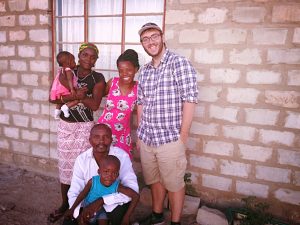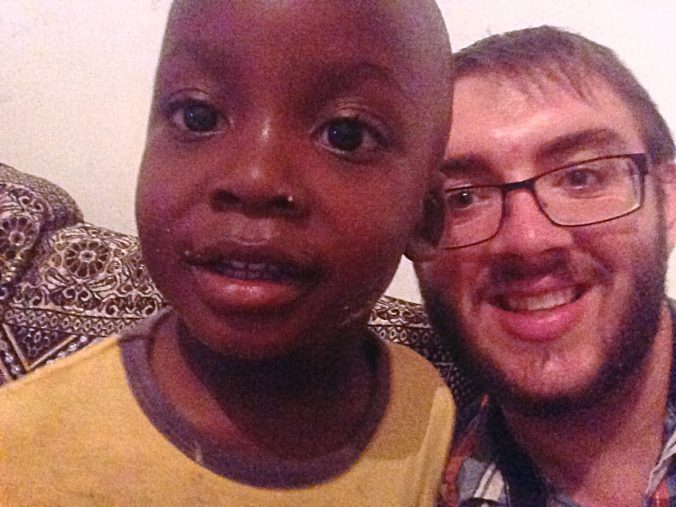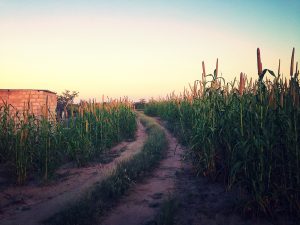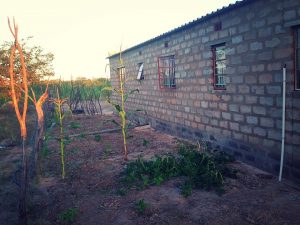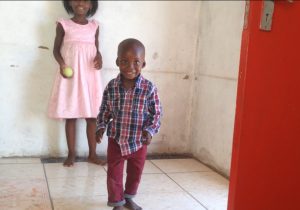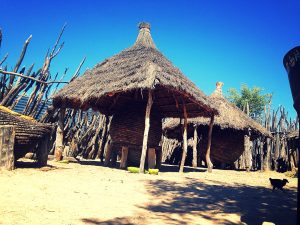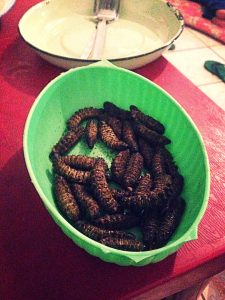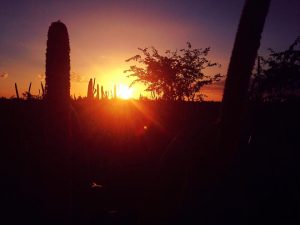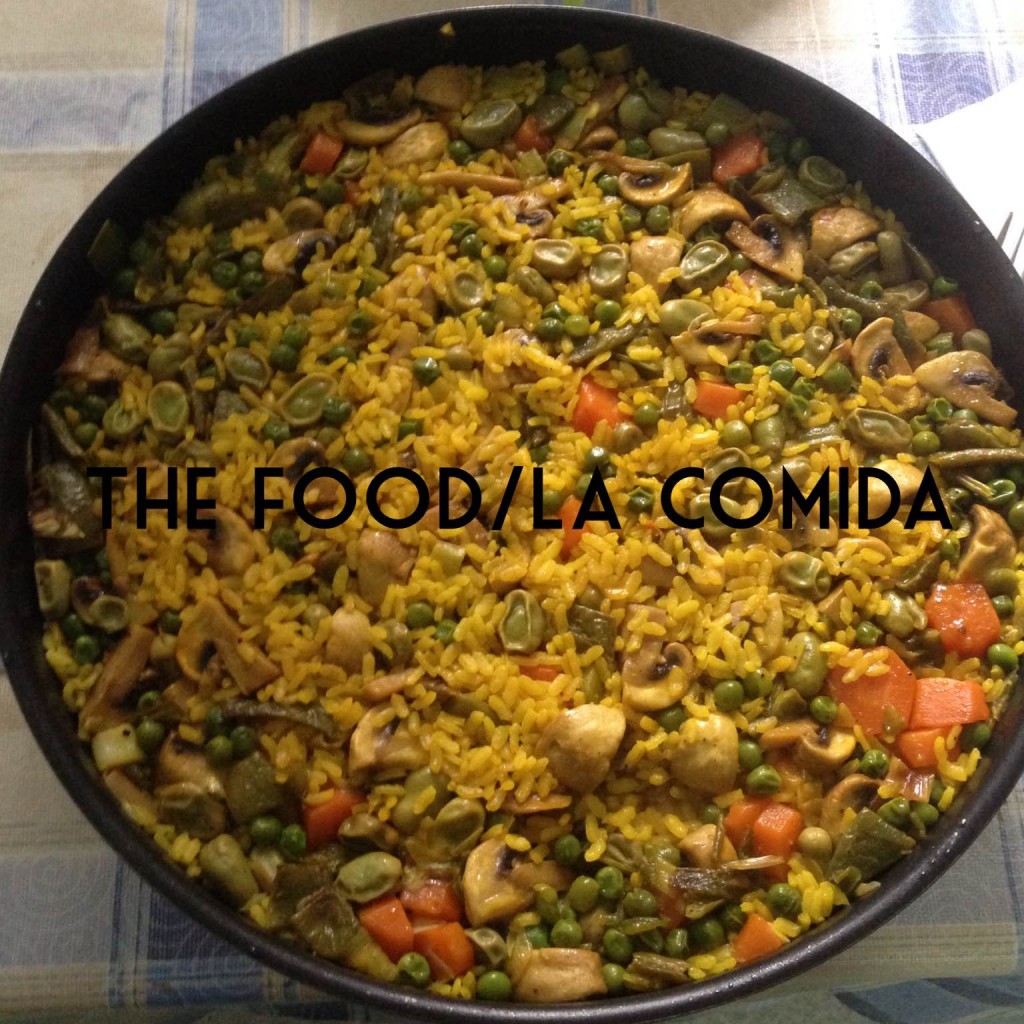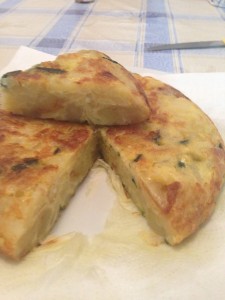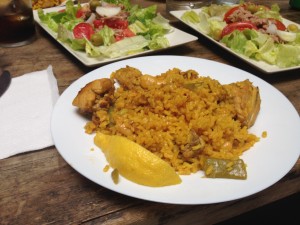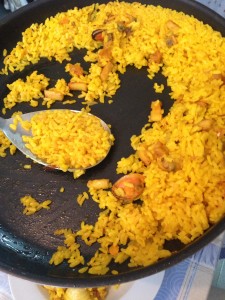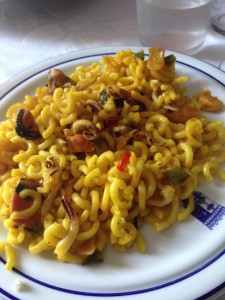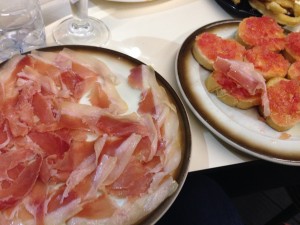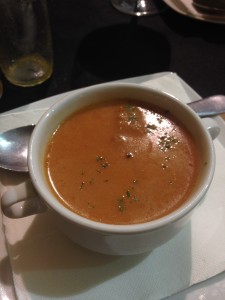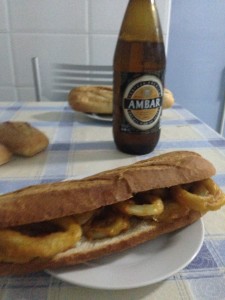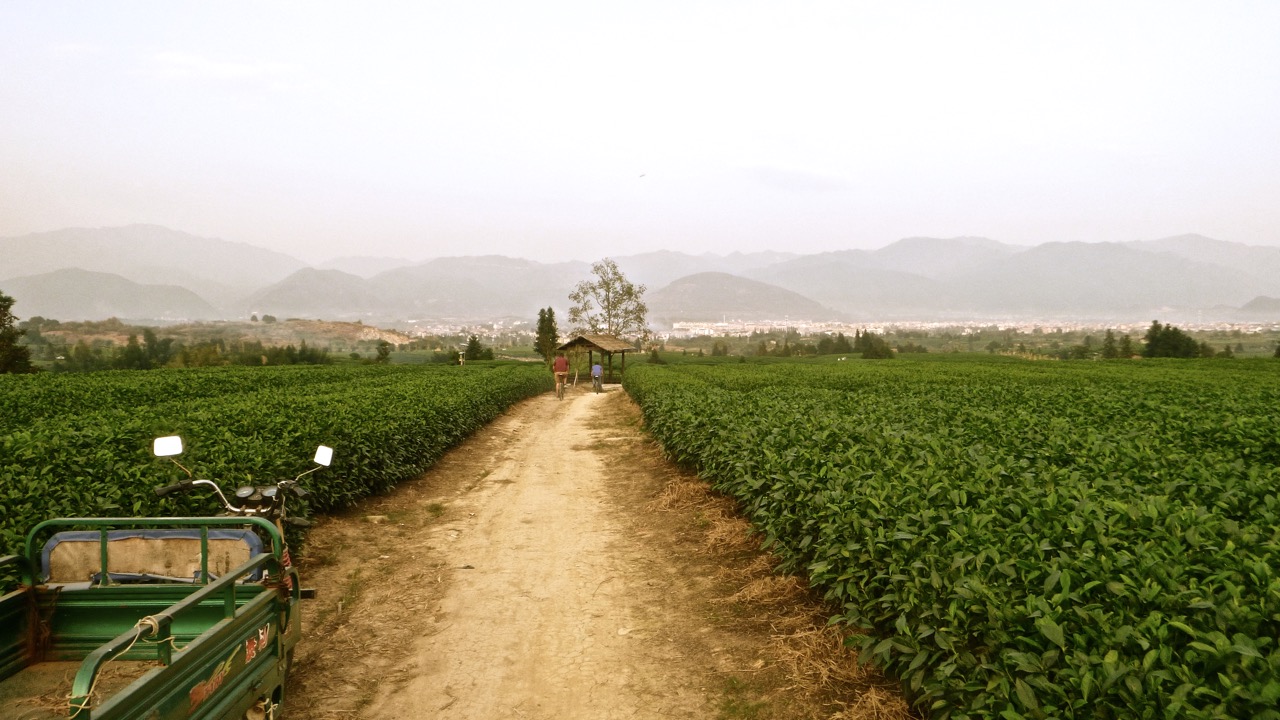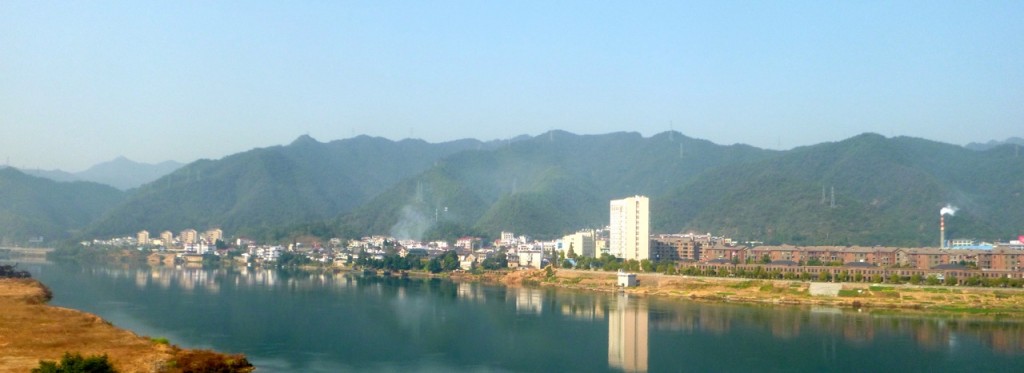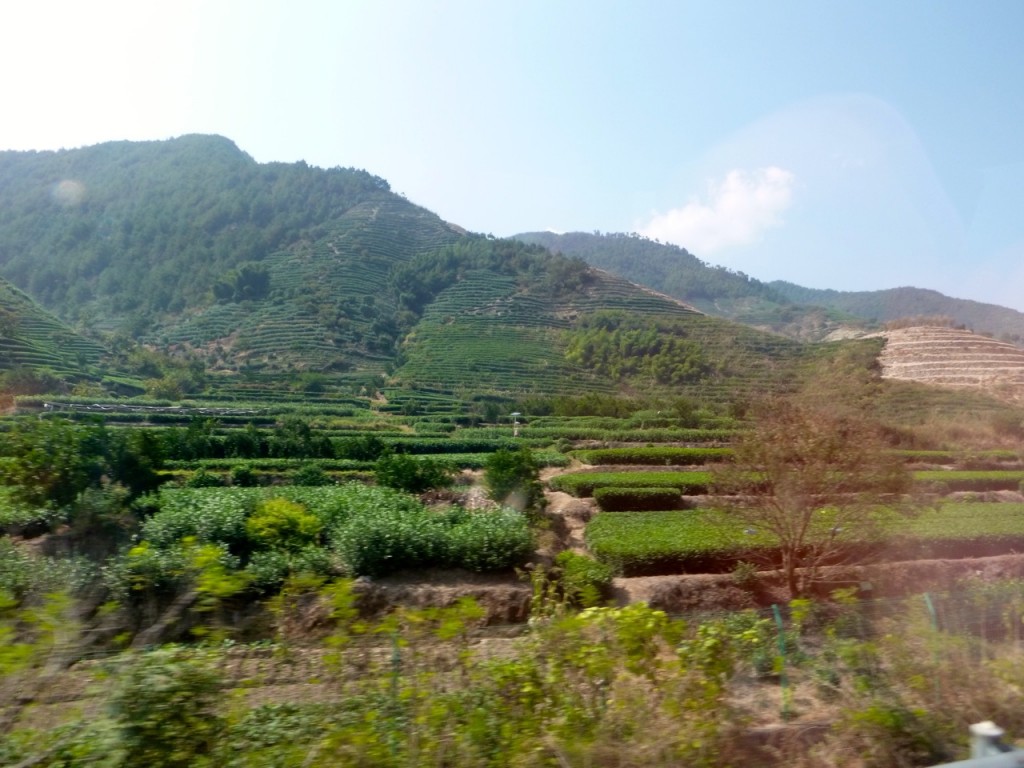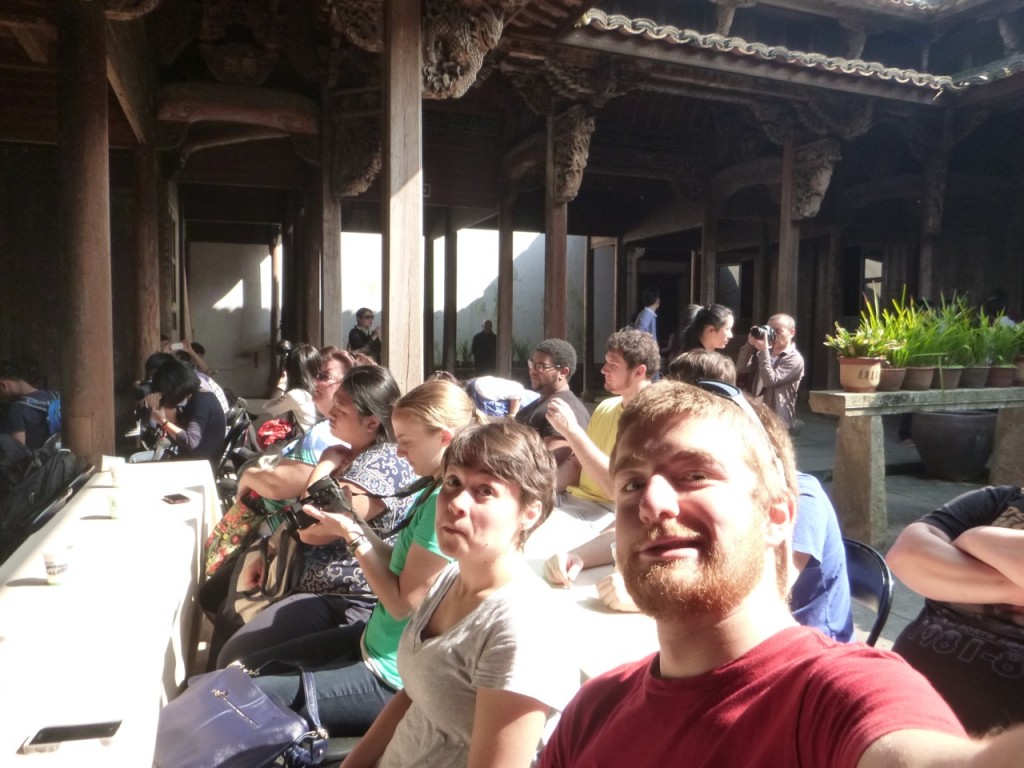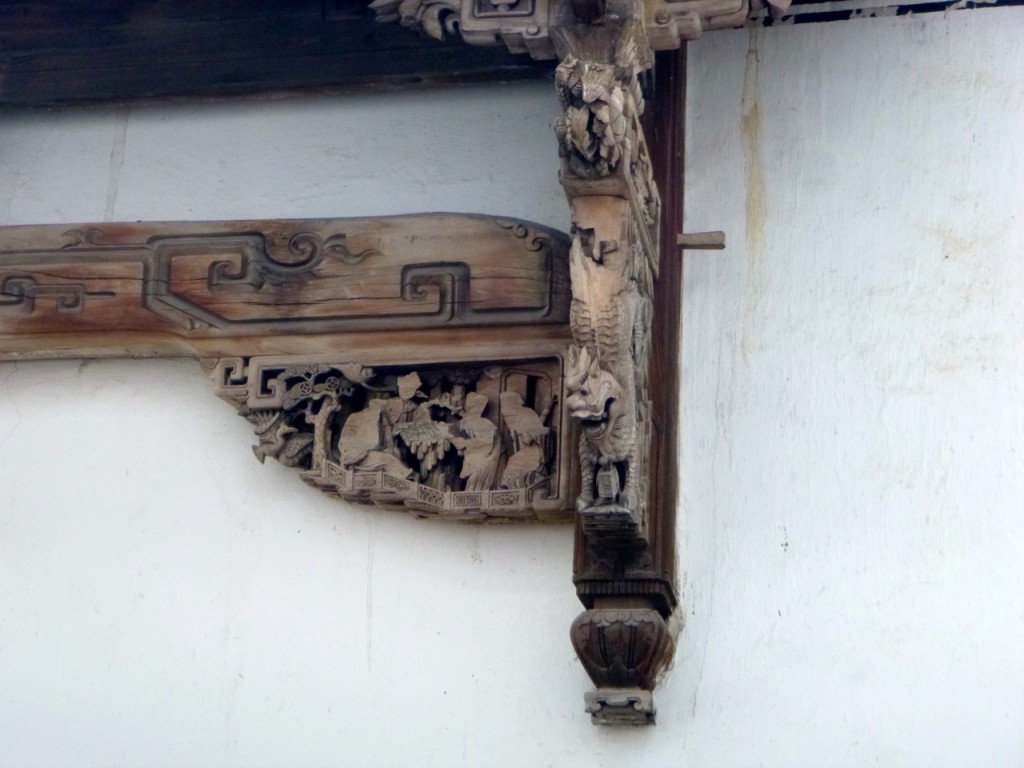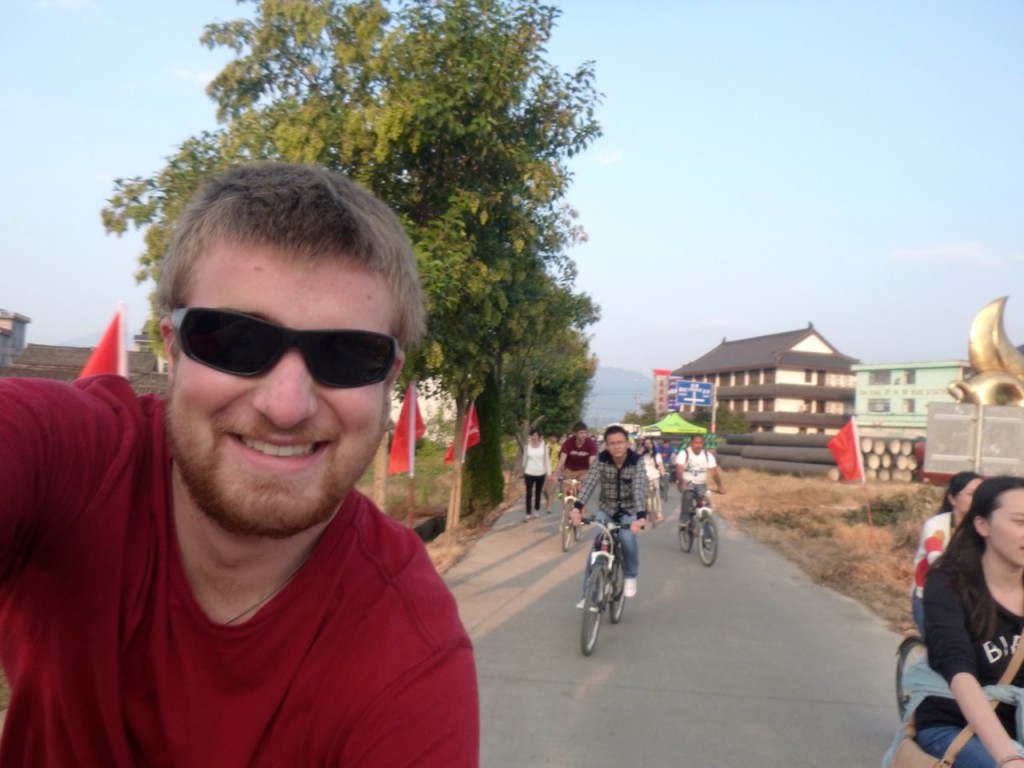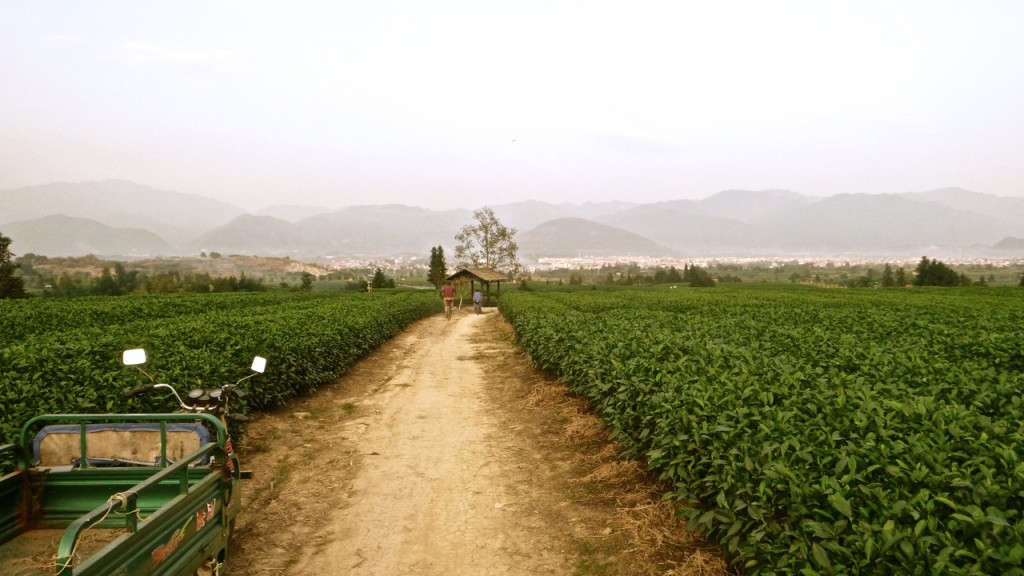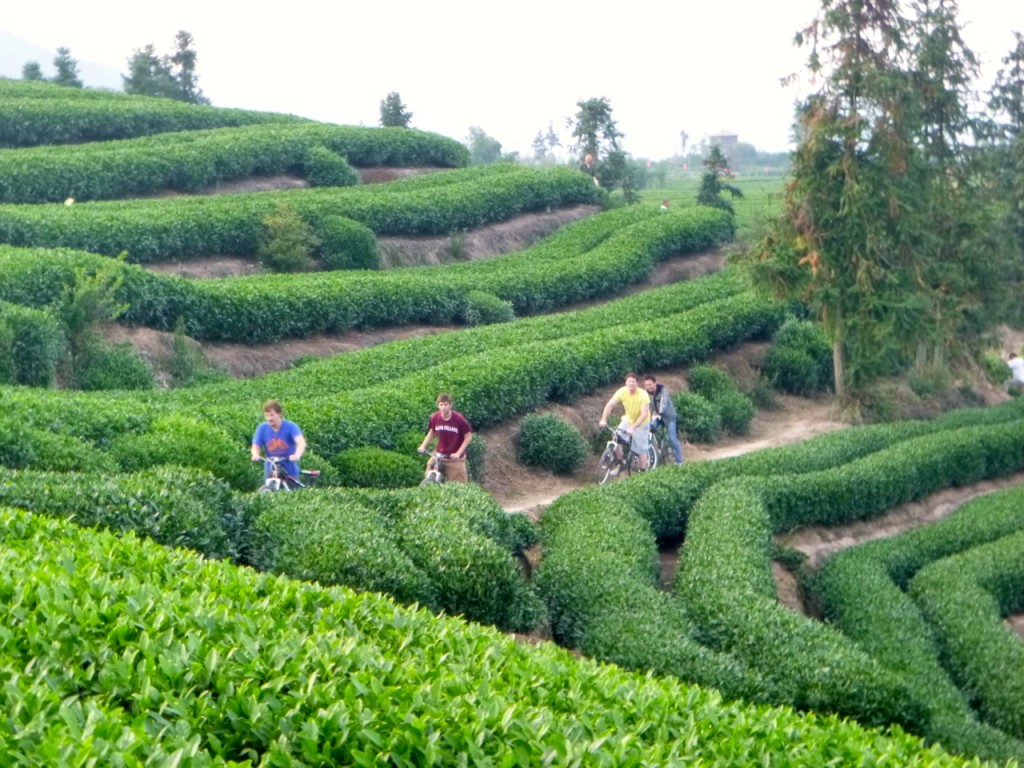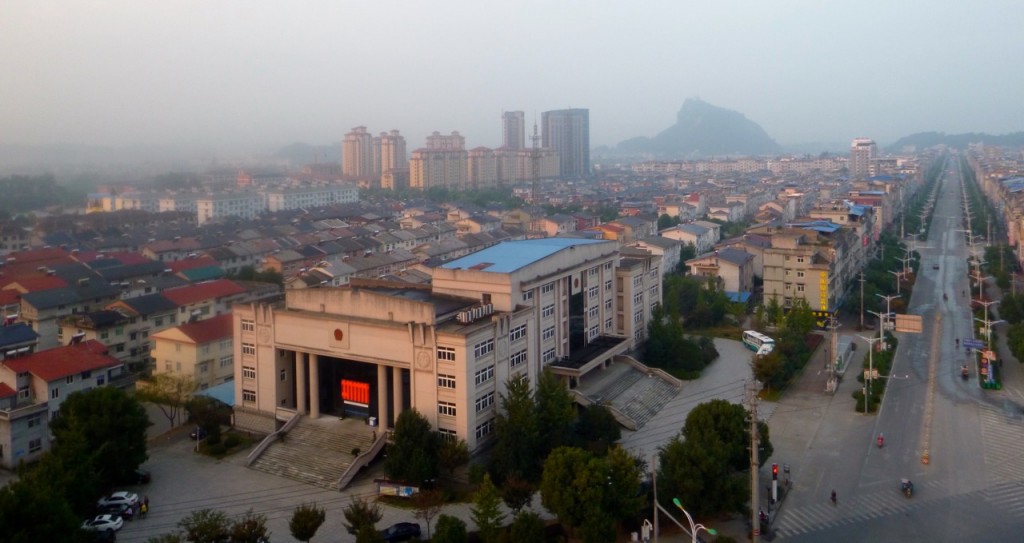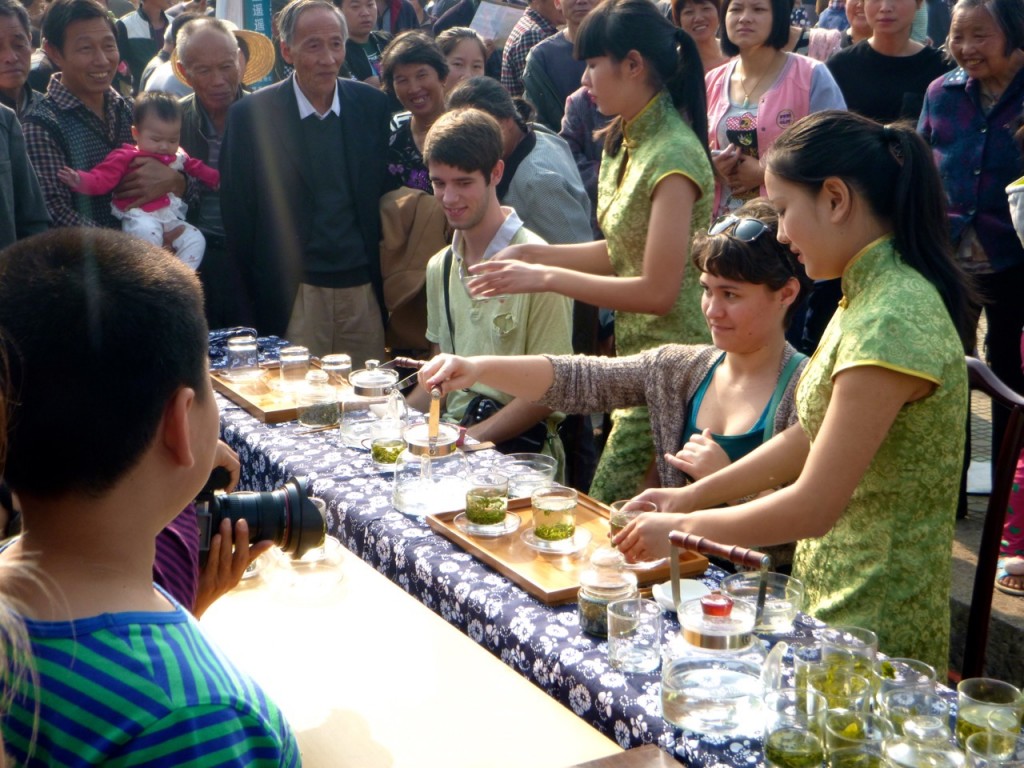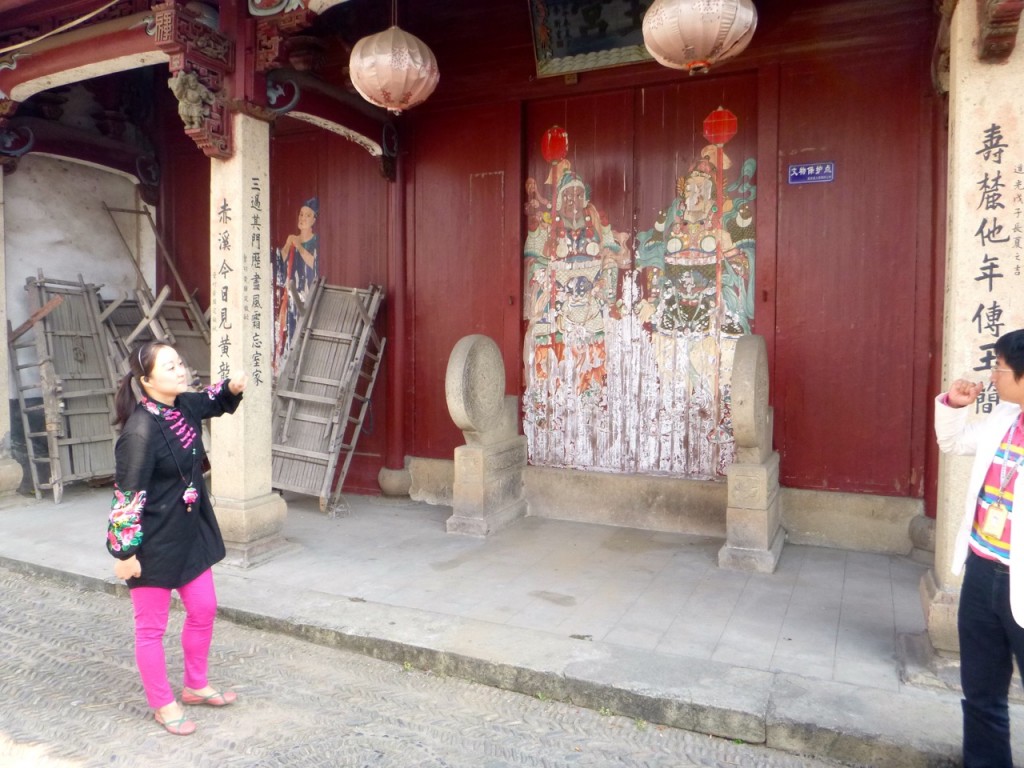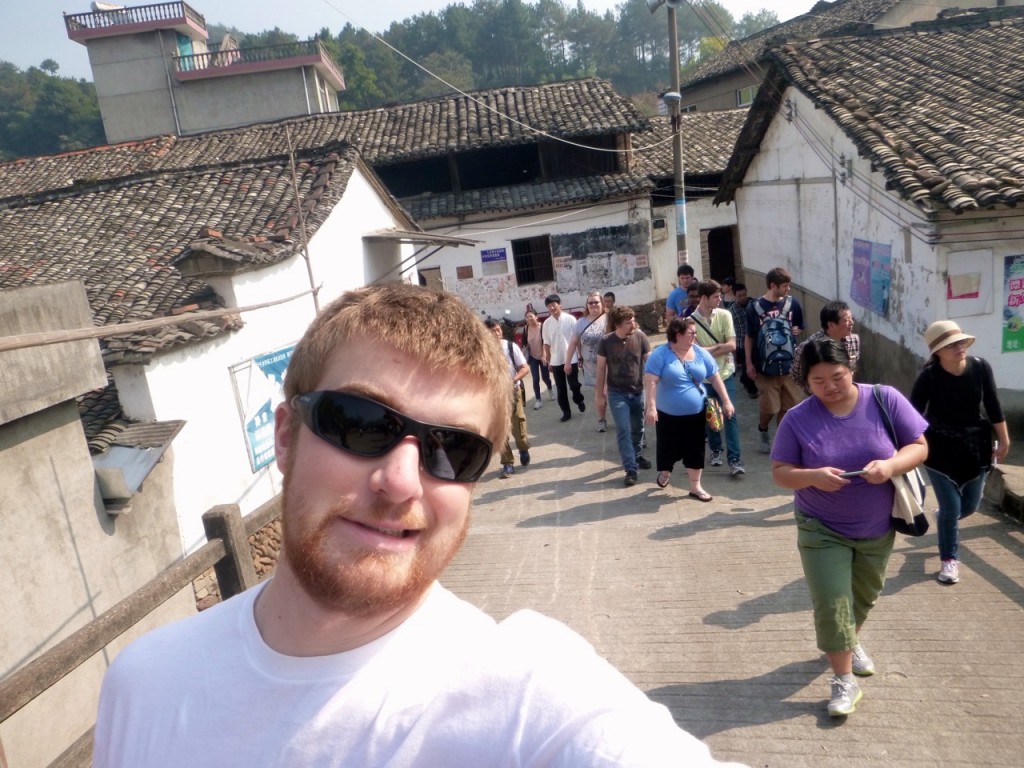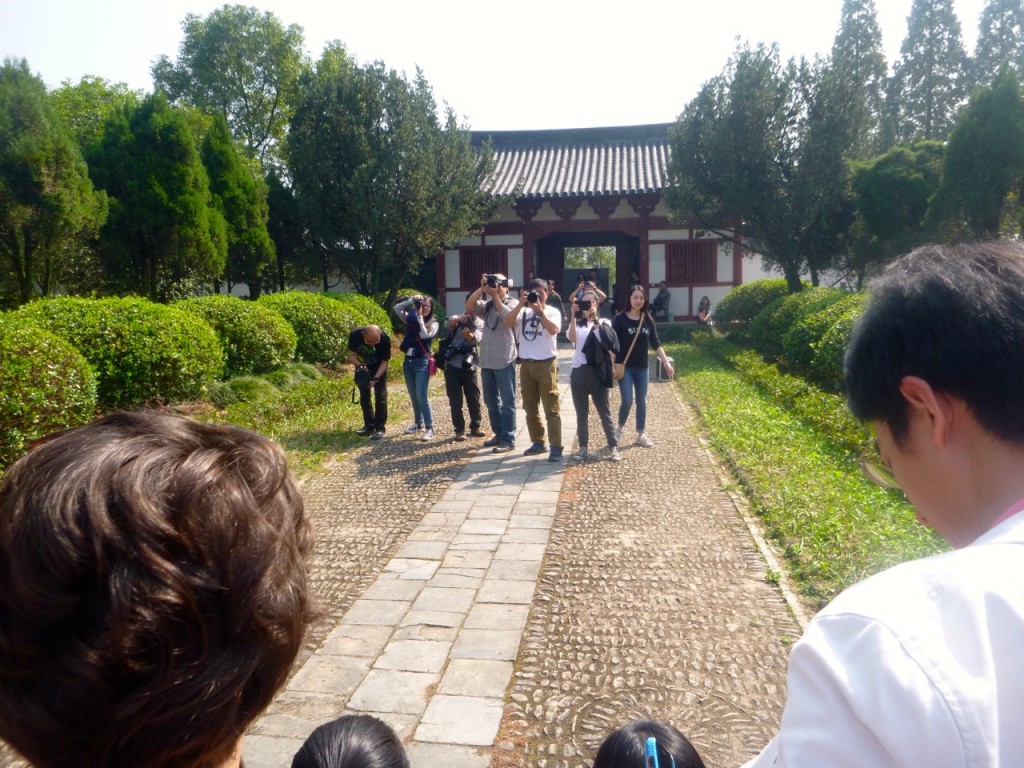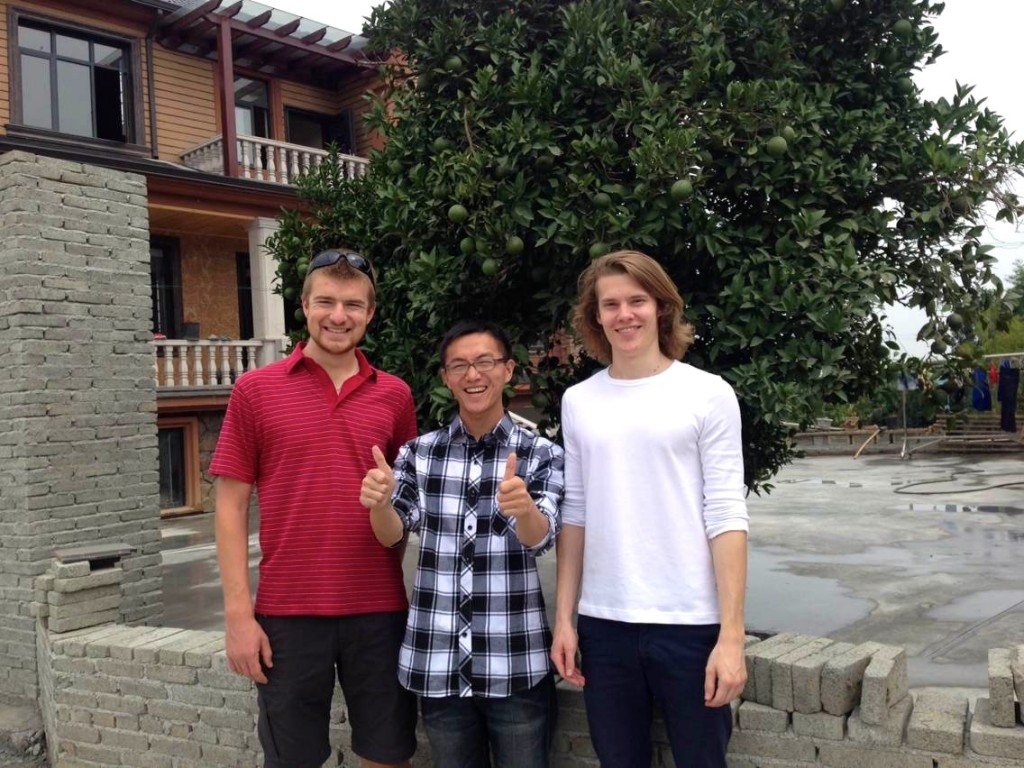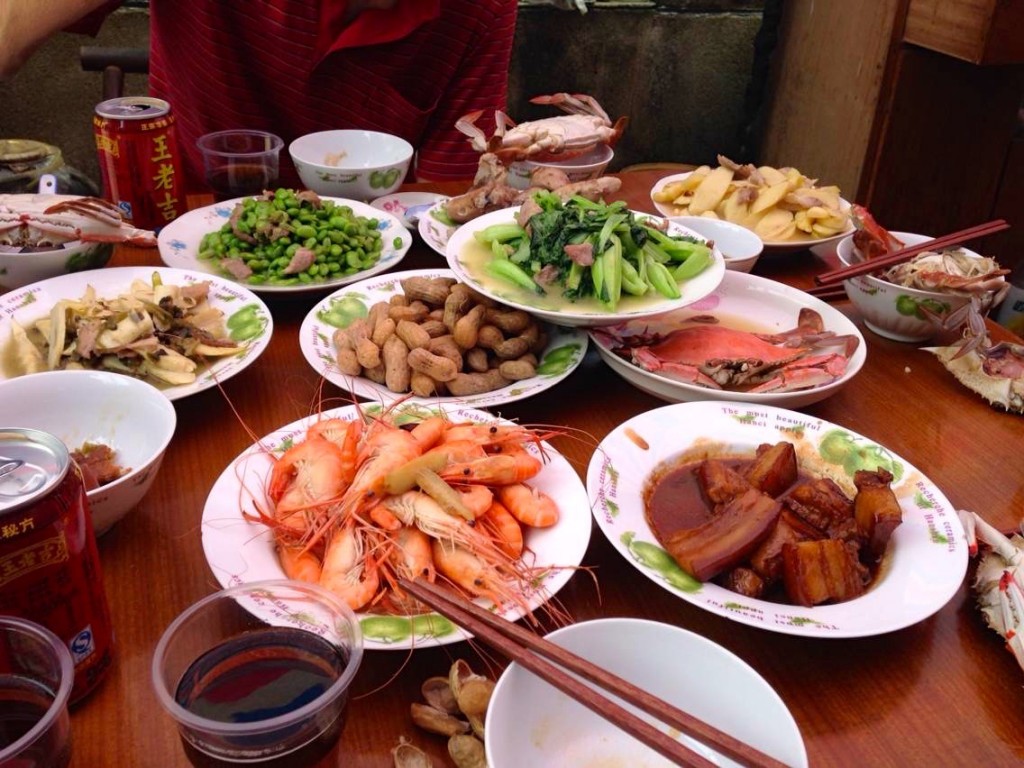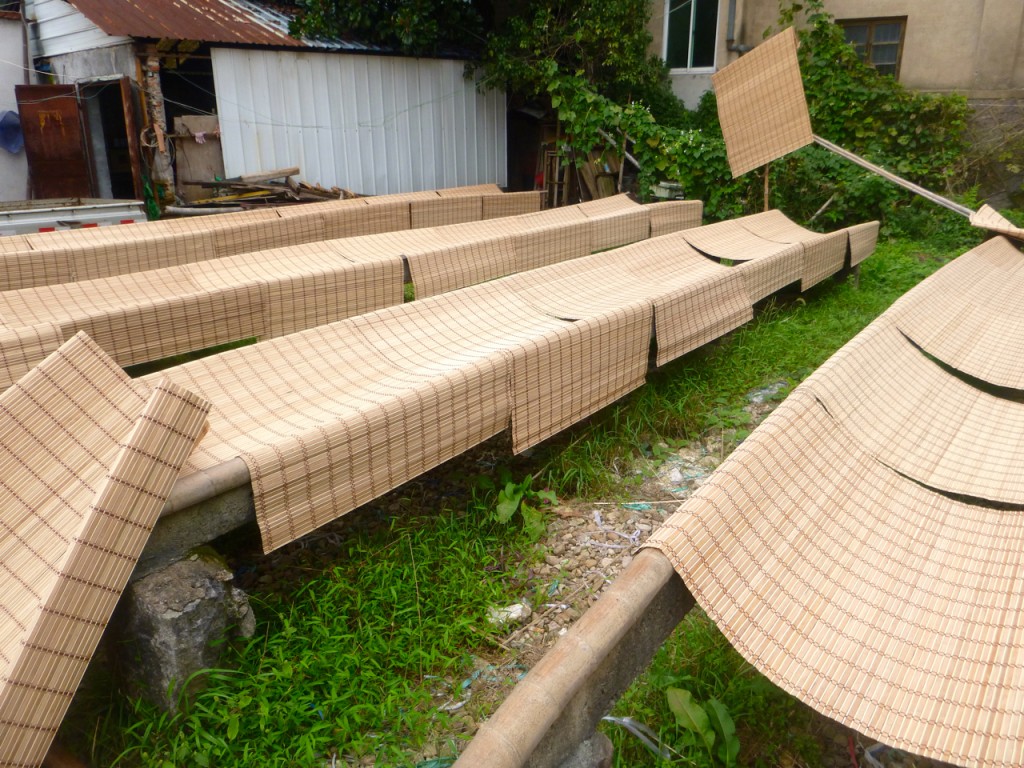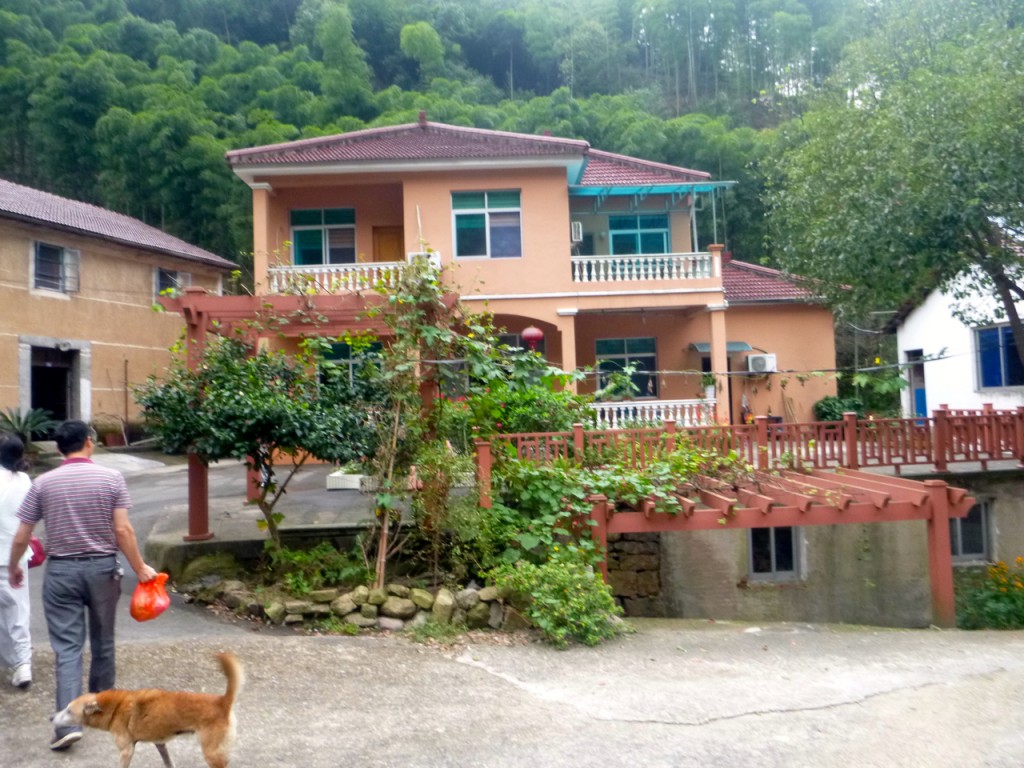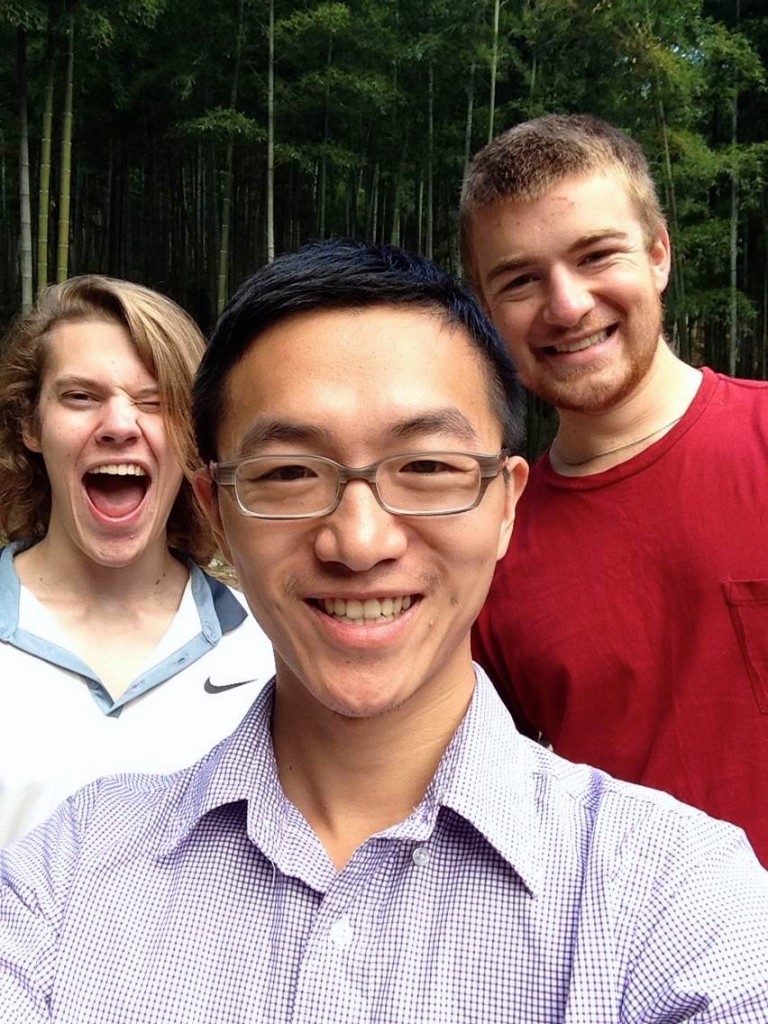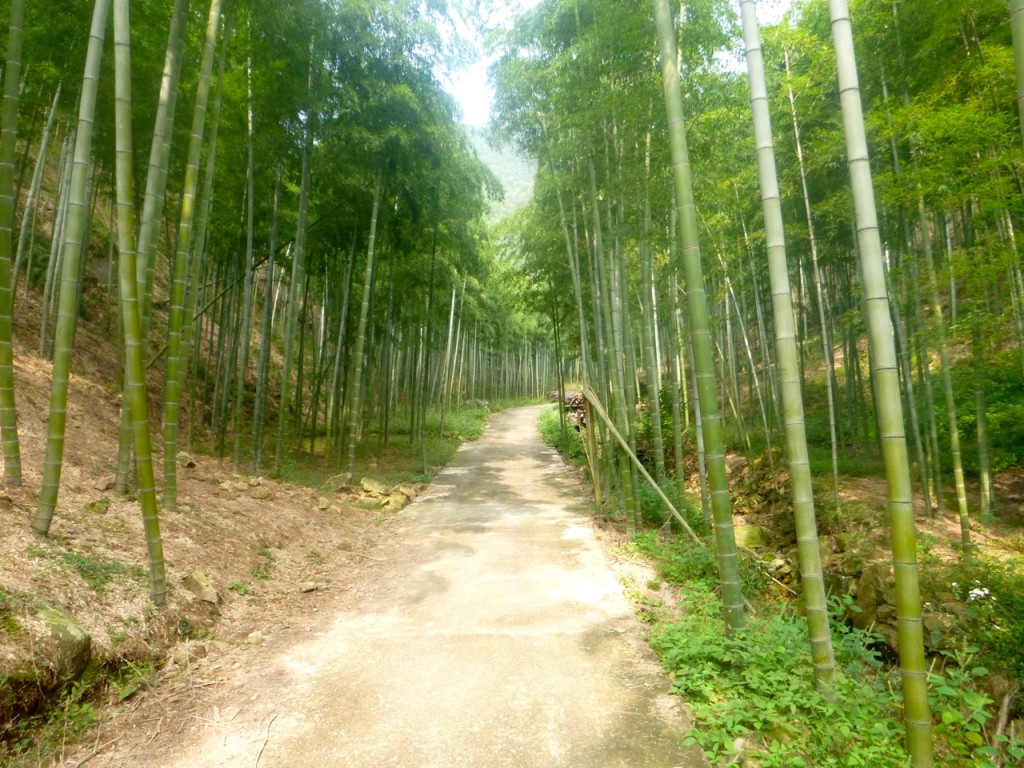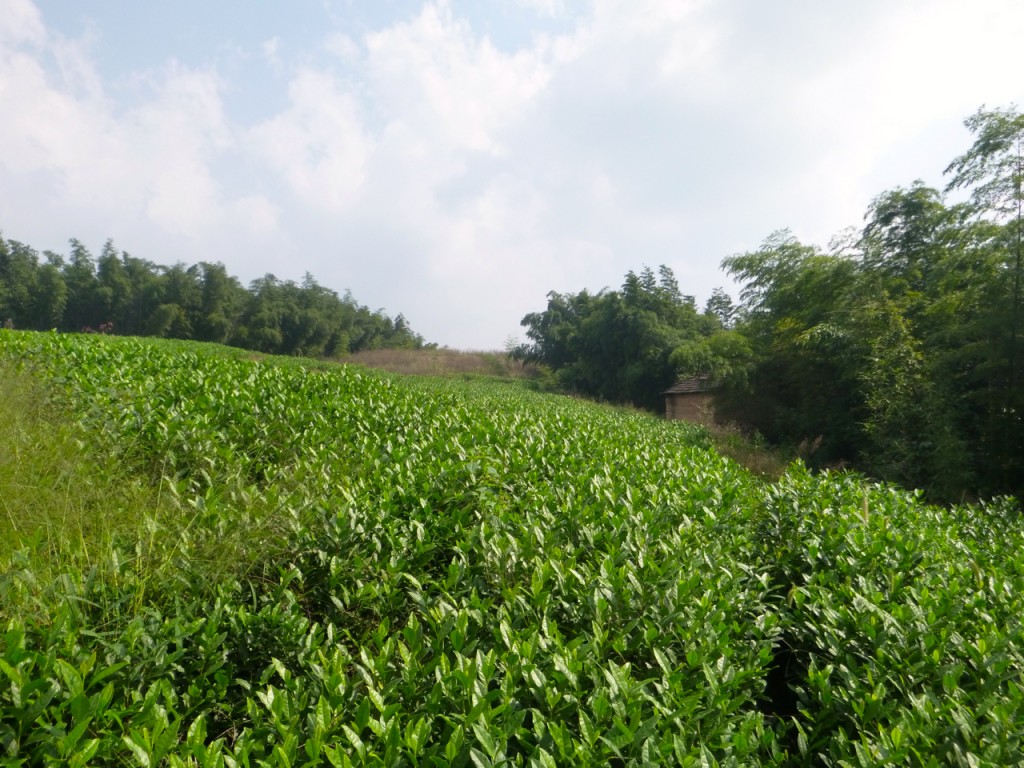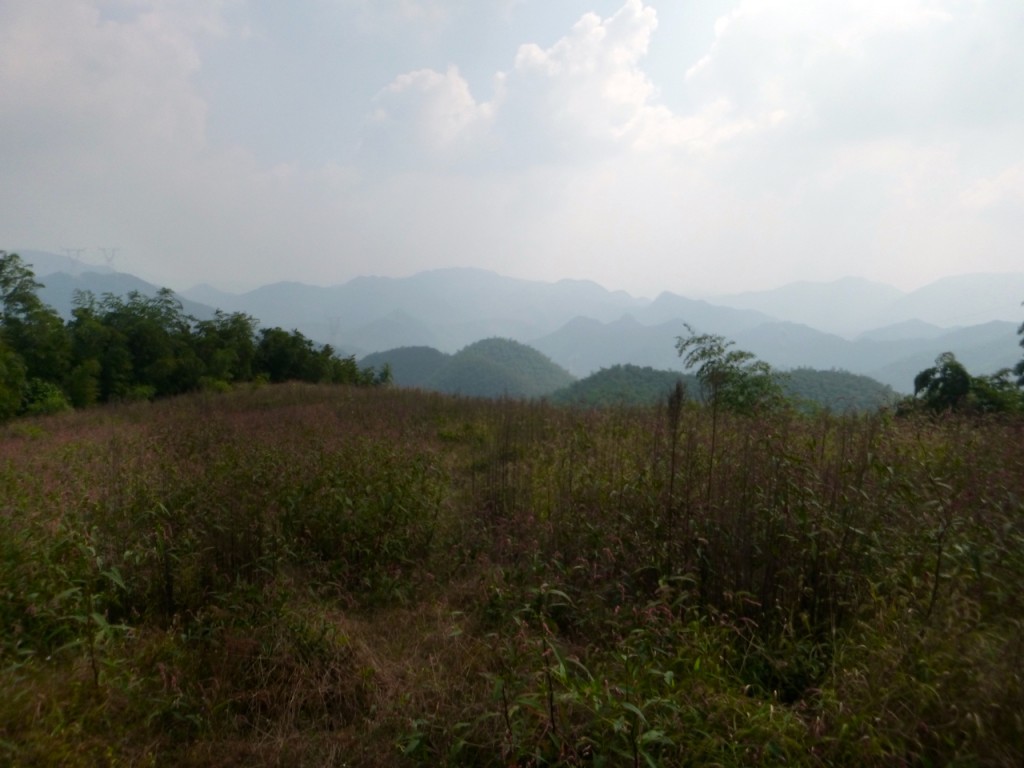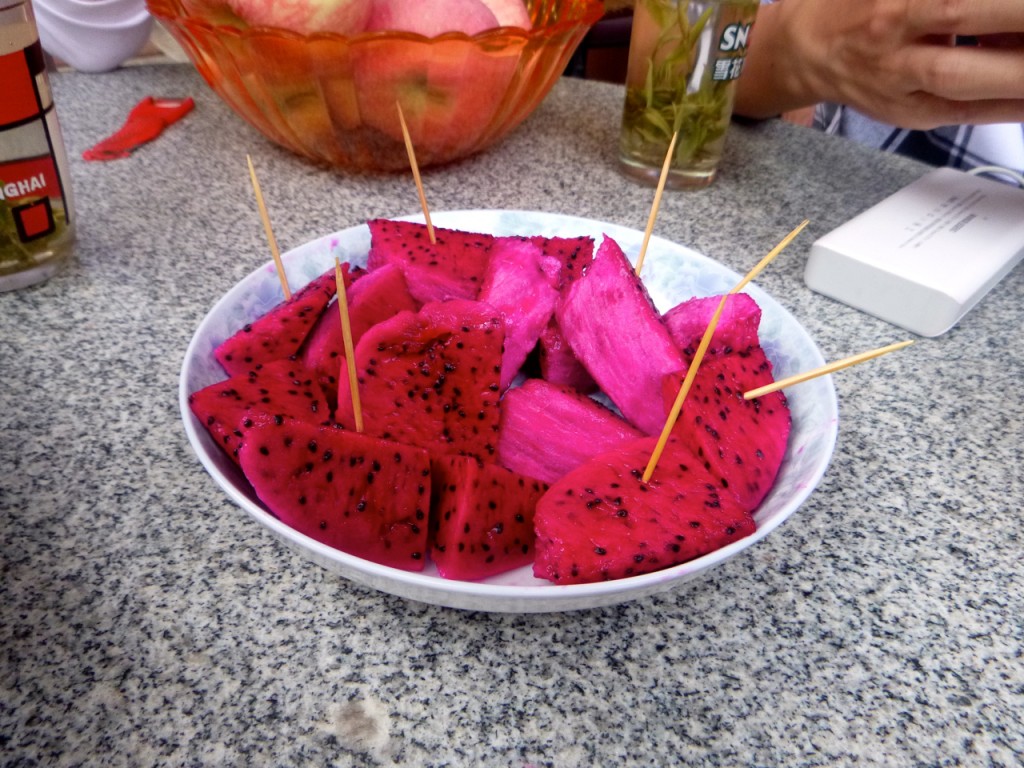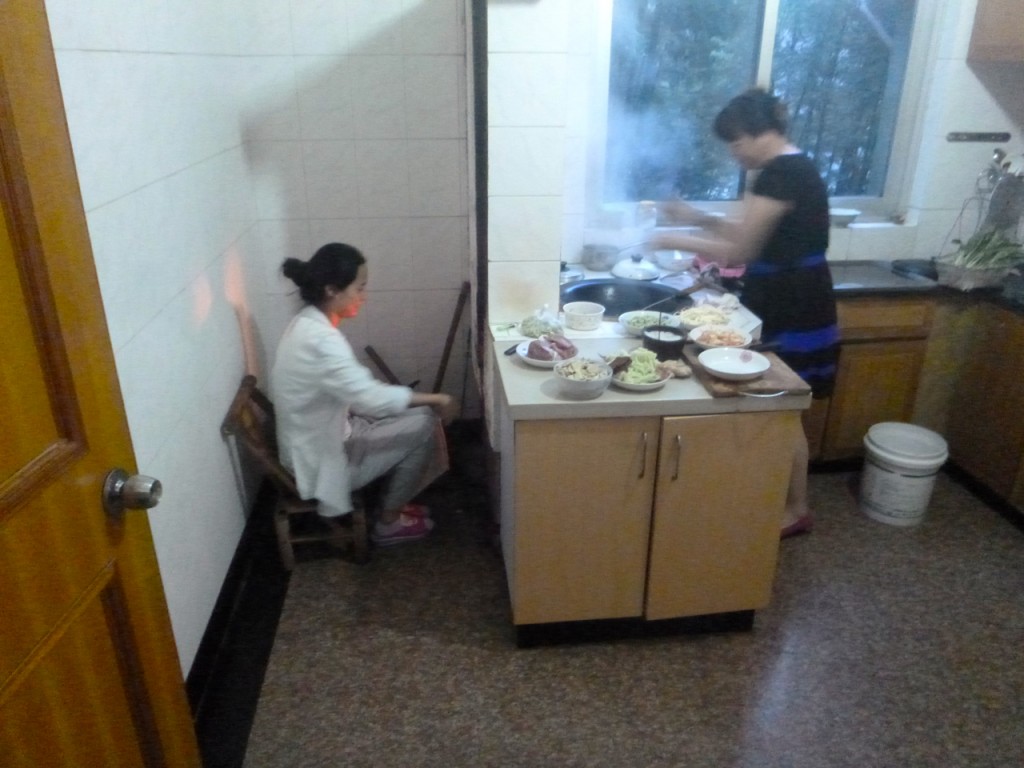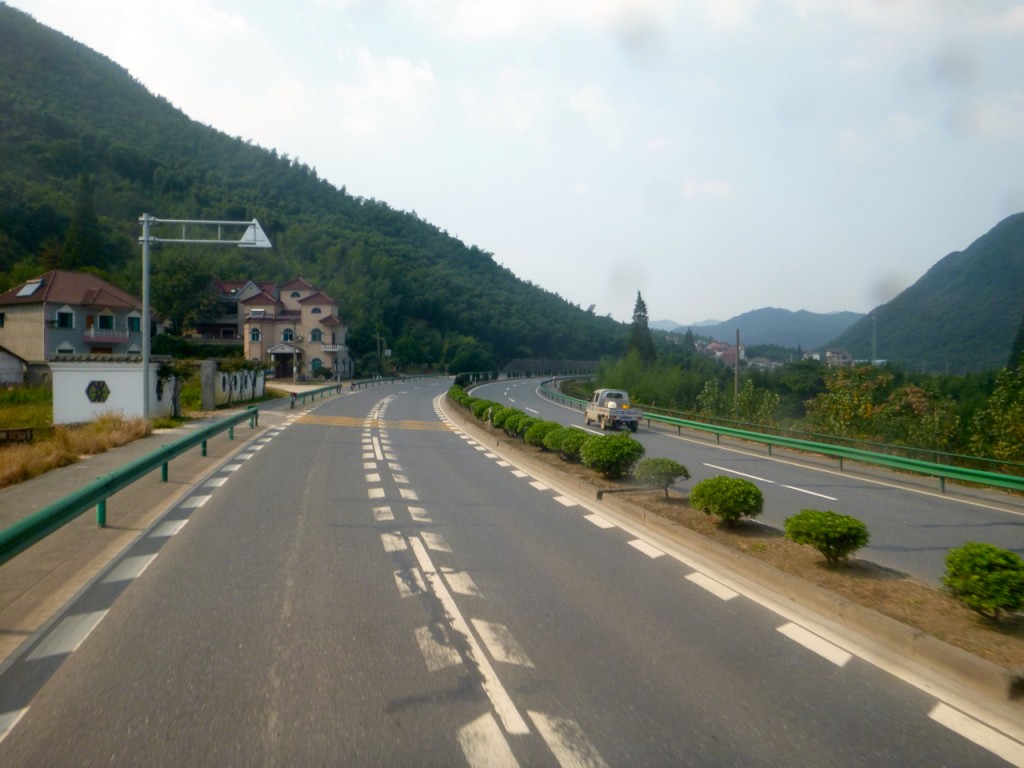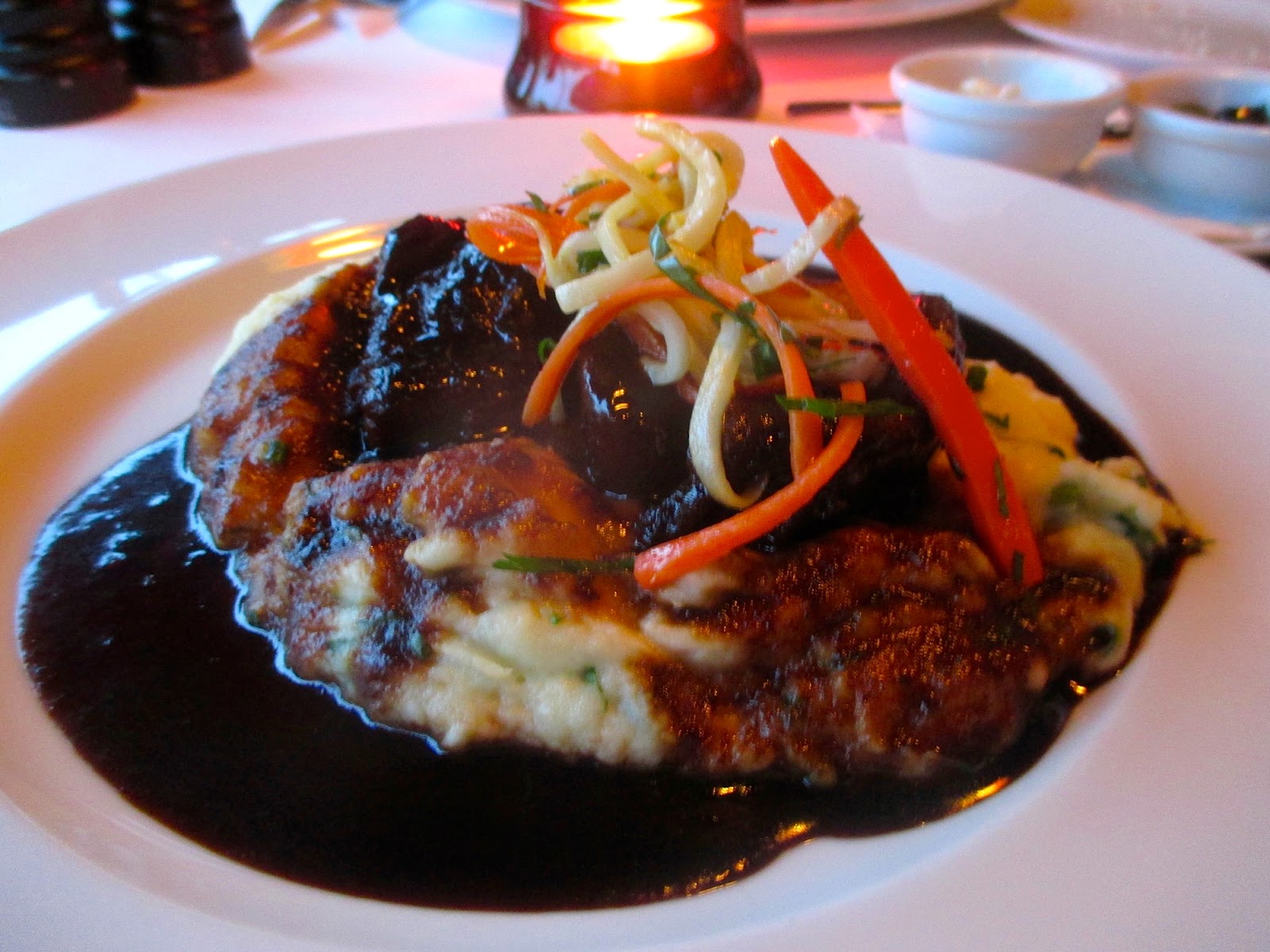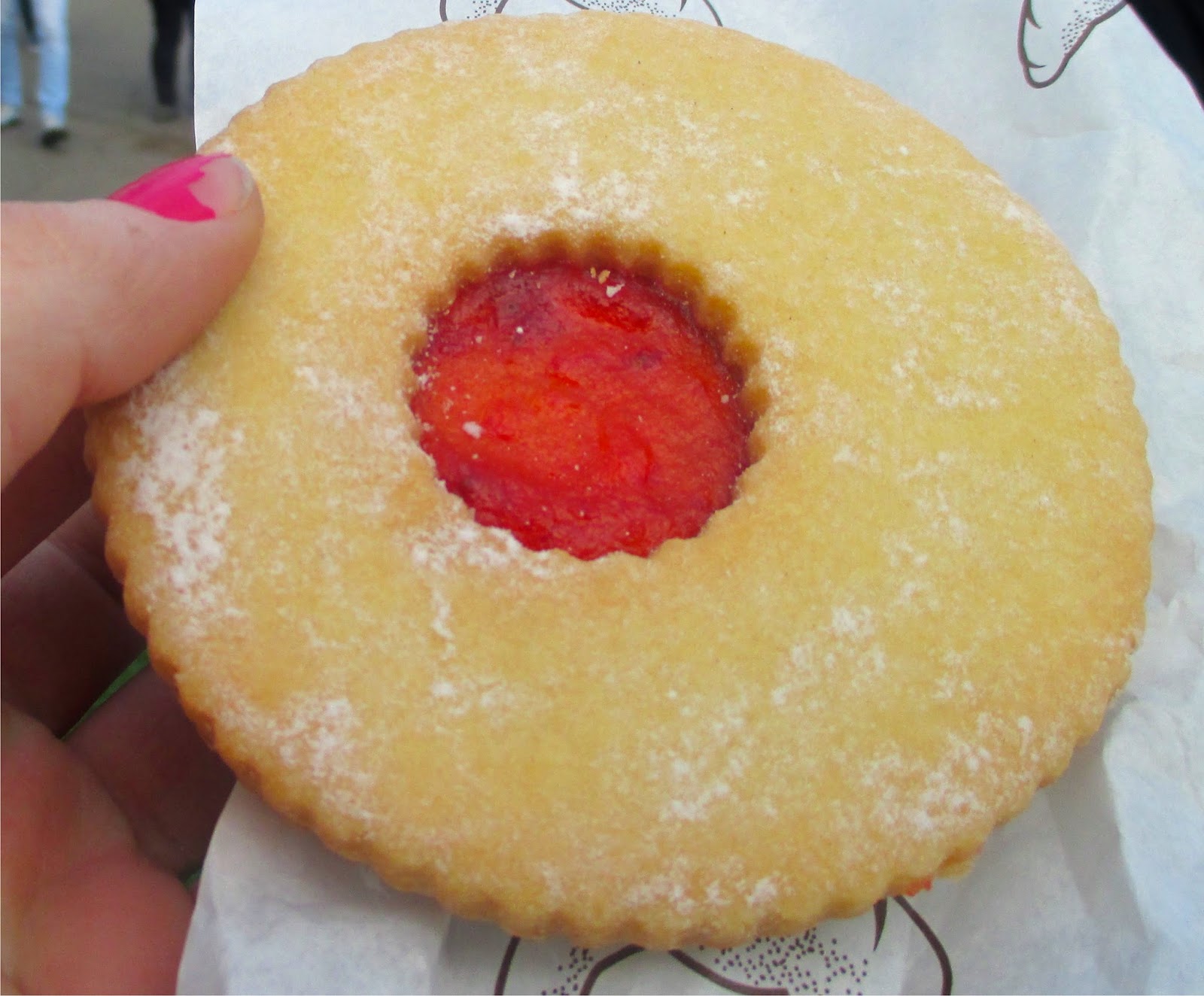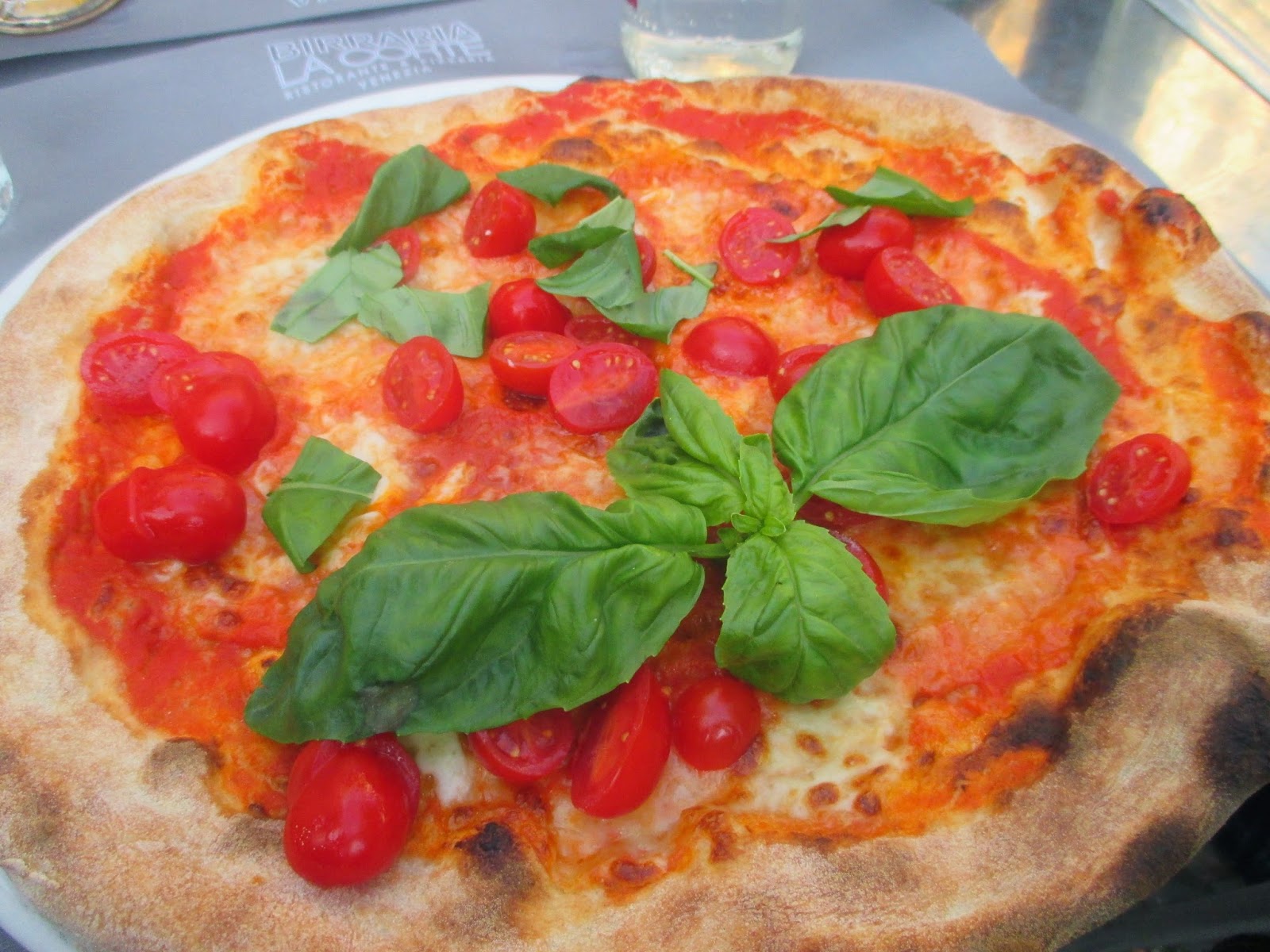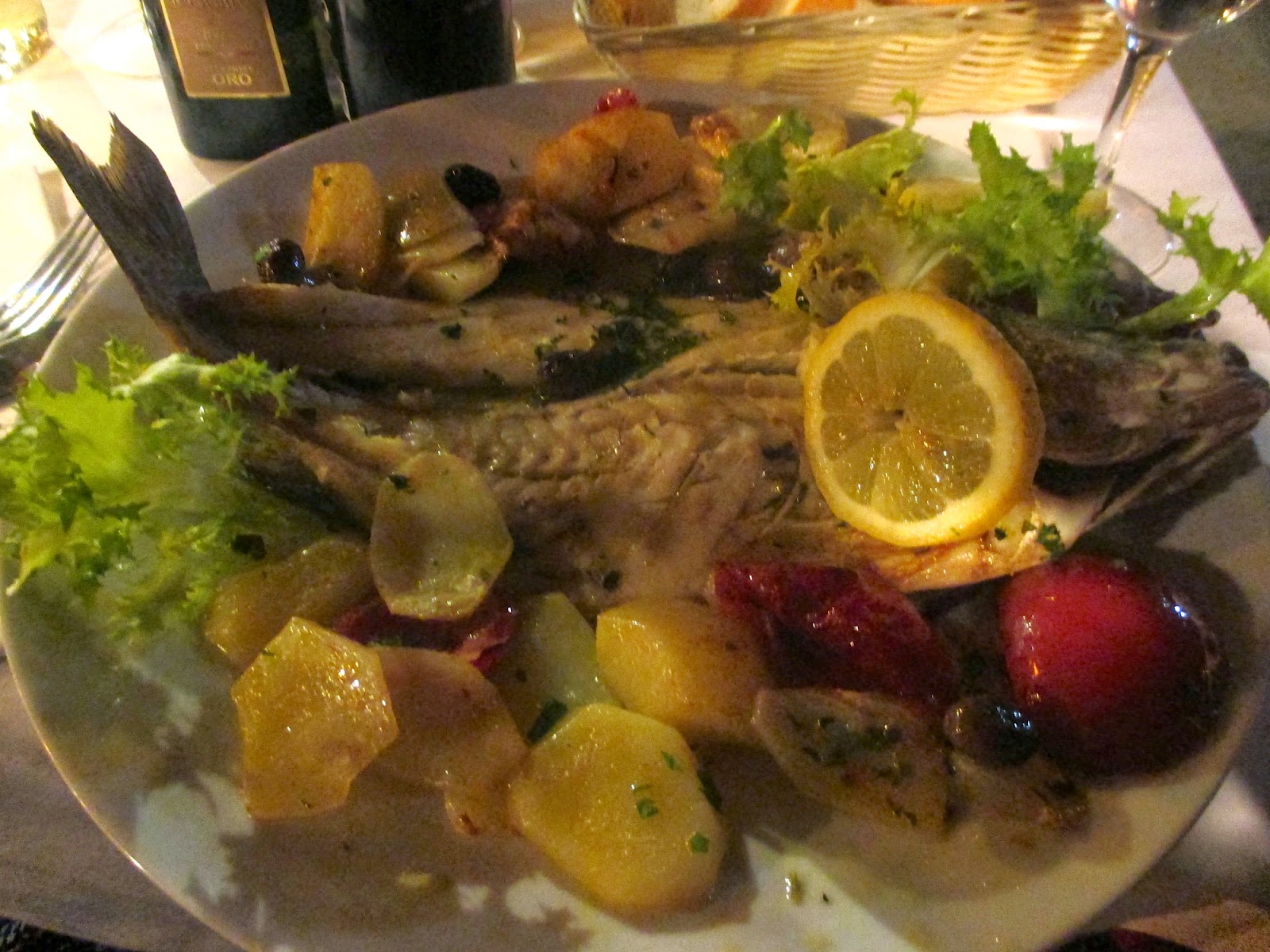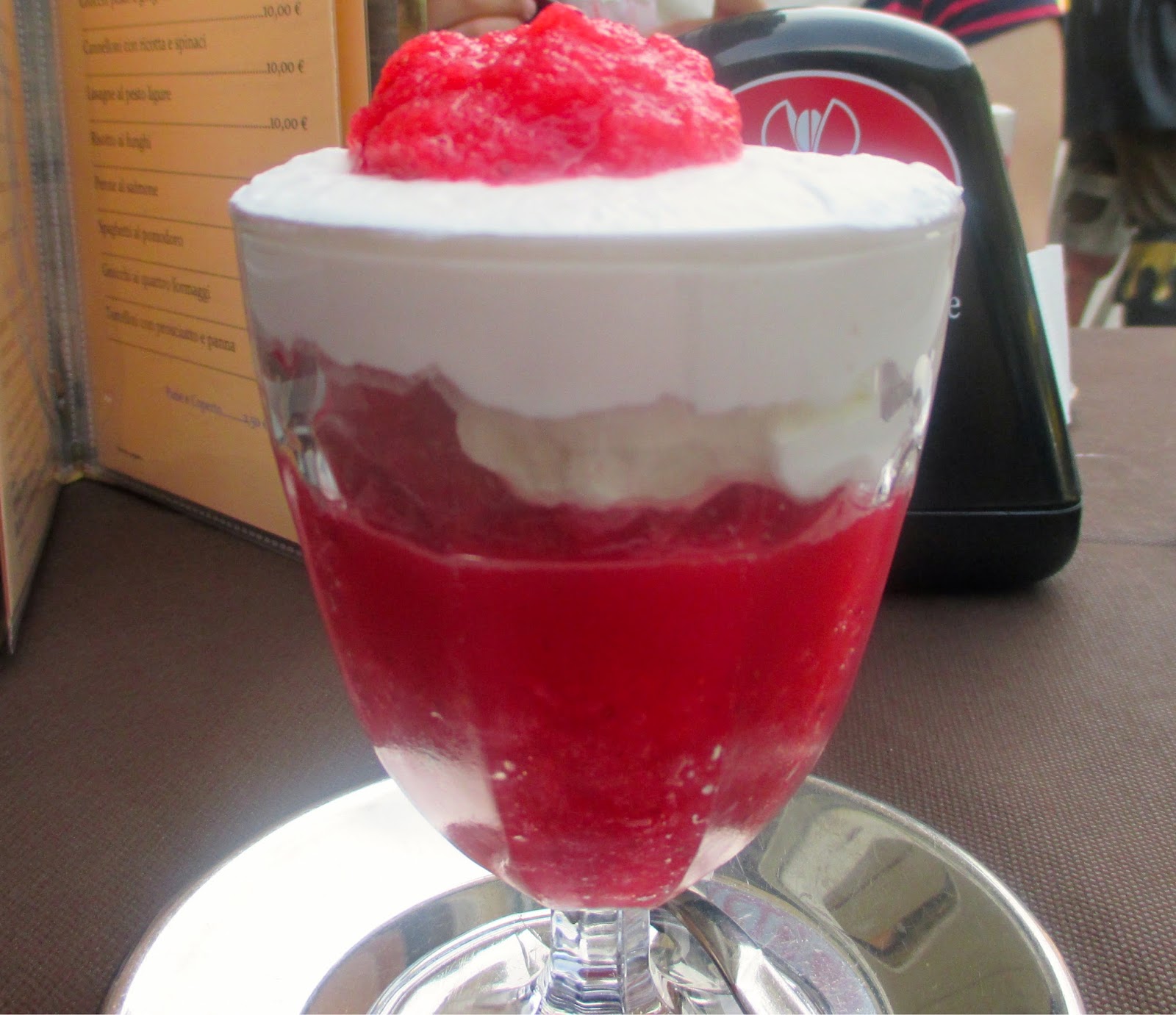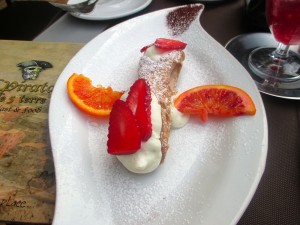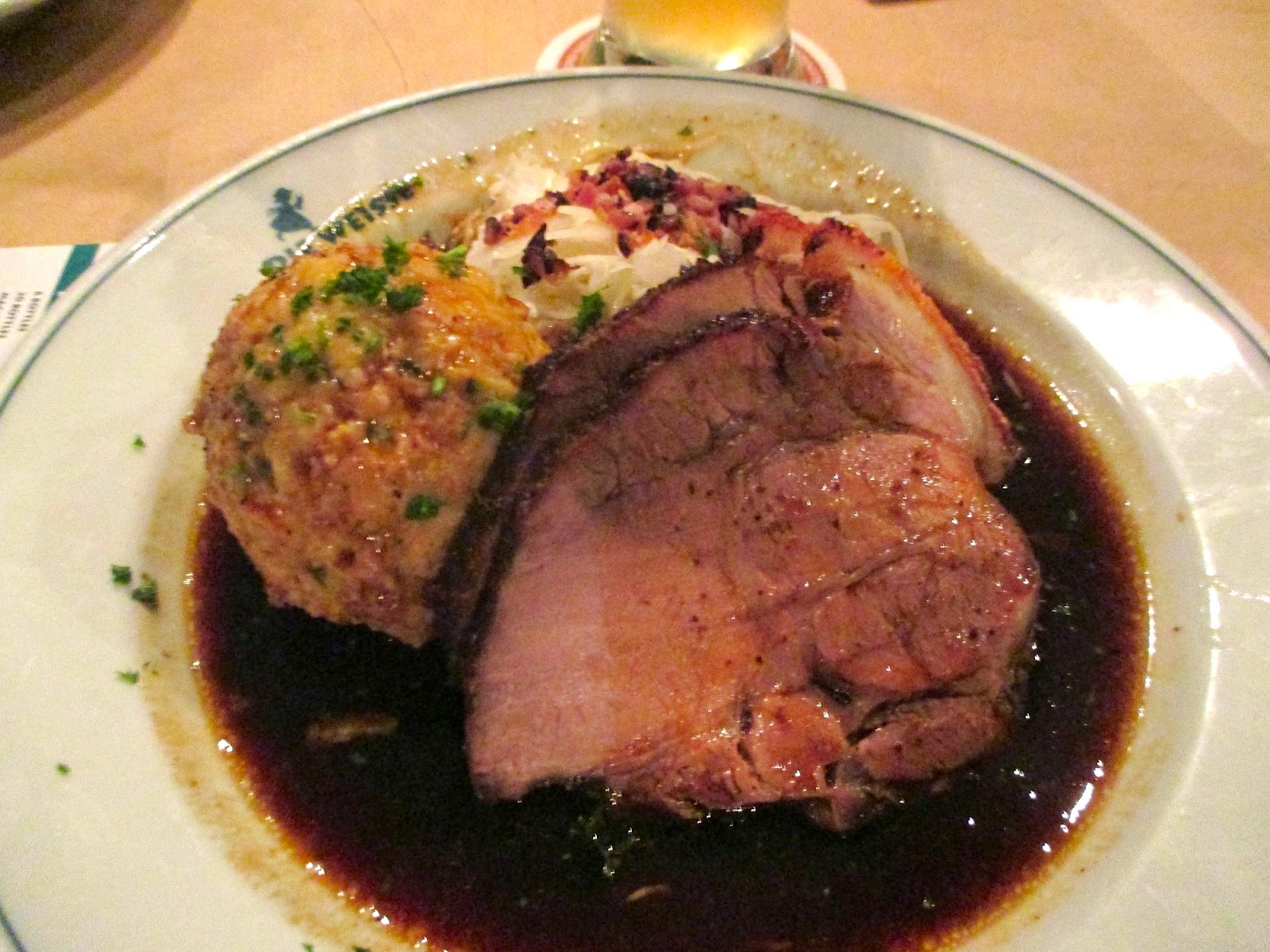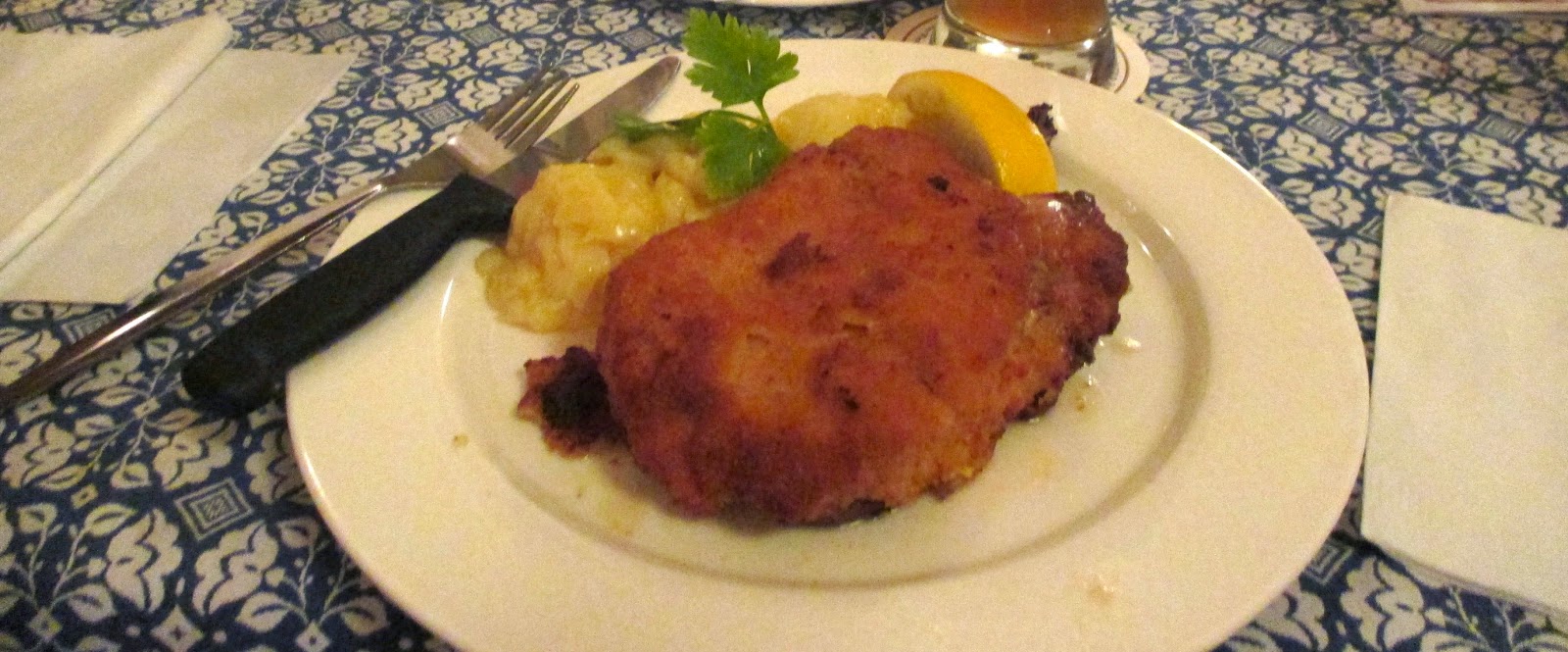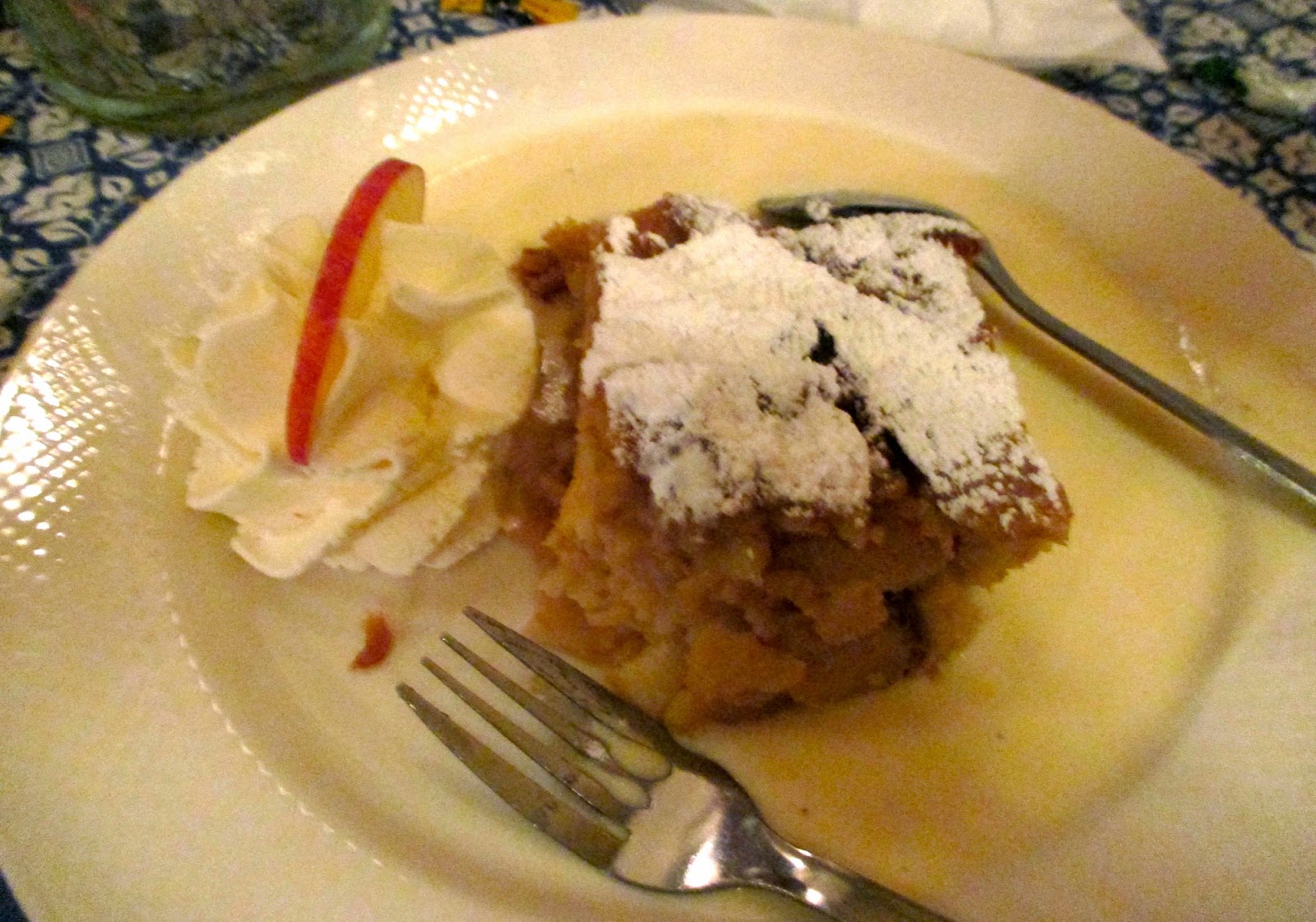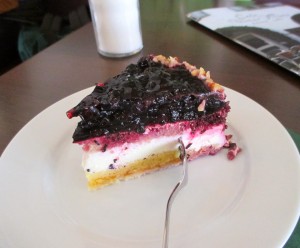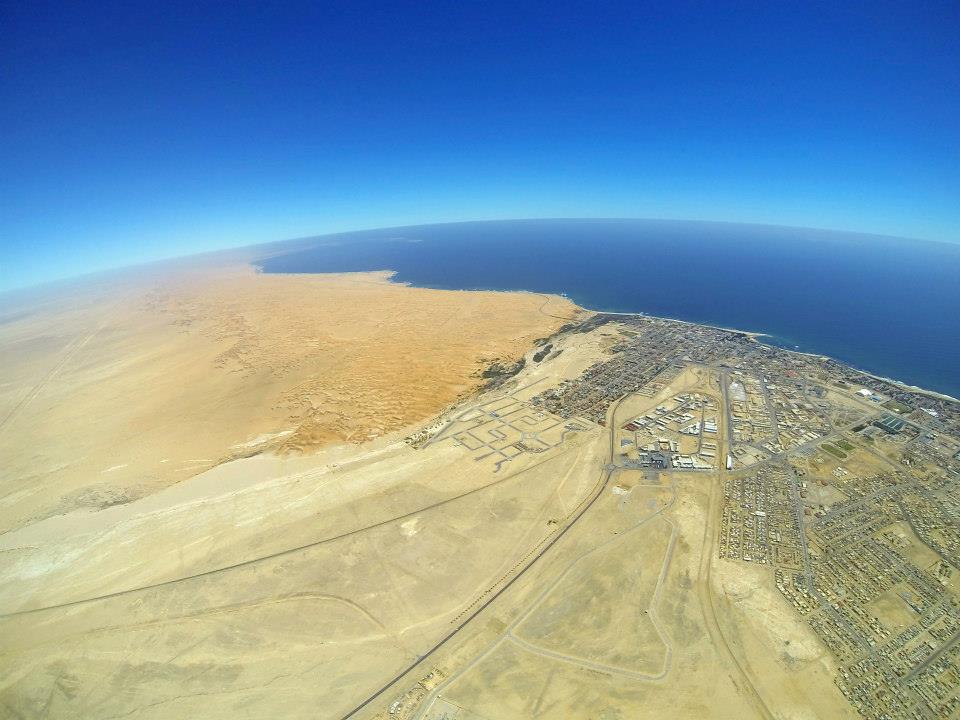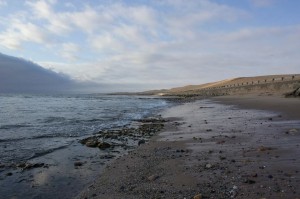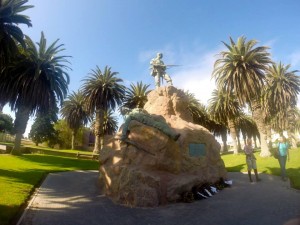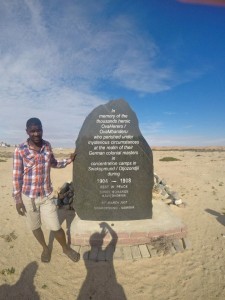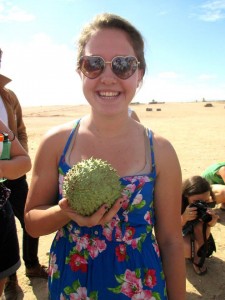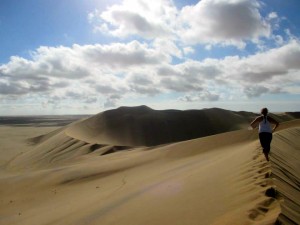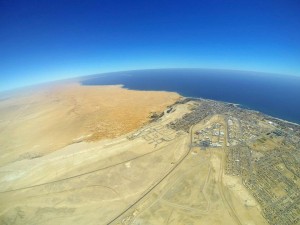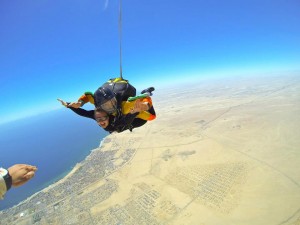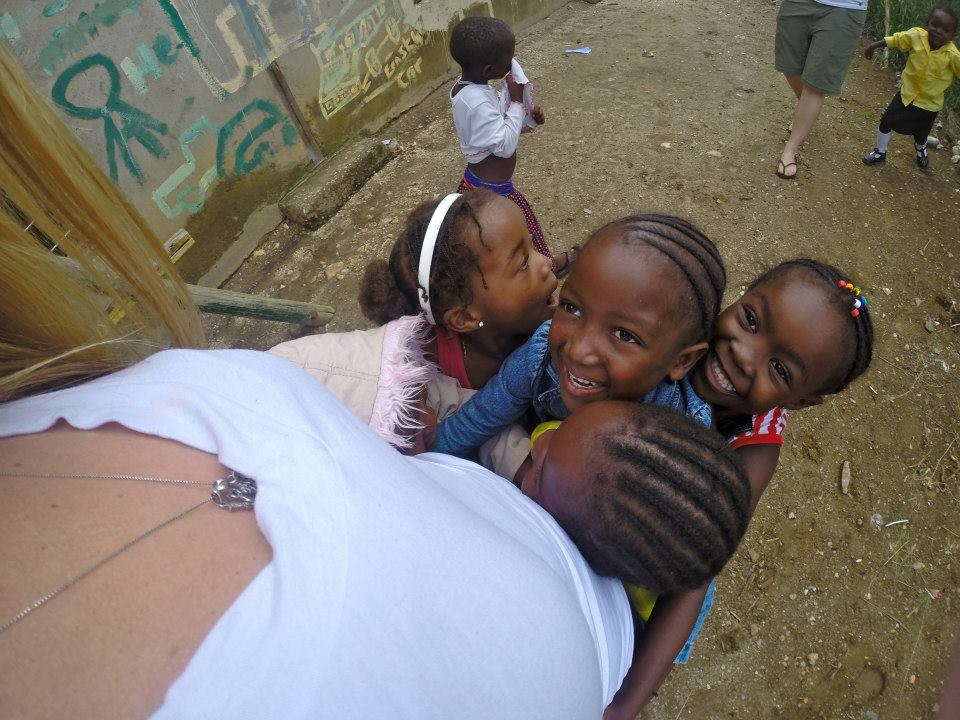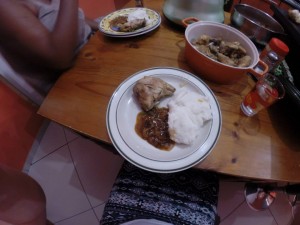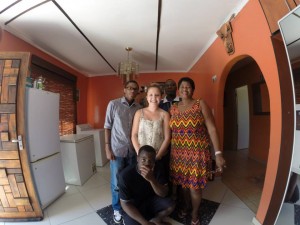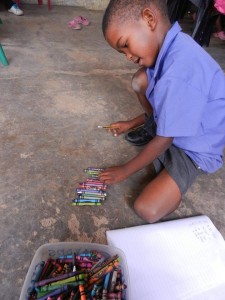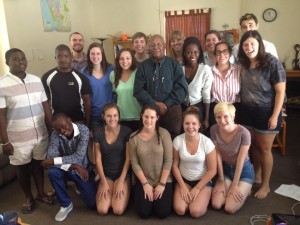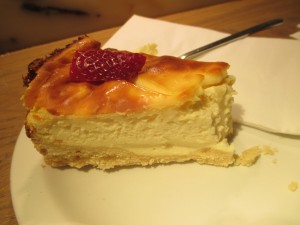
- Klosterkirche Birnau on the Bodensee! SO gorgeous!
Wow. I haven’t posted anything for so long that I honestly don’t even know where to begin. These past few weeks have been a whirlwind of Oktoberfests (yes, more than one), last shenanigans with the full Deutsch-Kompakt group, some travel and finally registering and preparing for normal university classes, which start next week. I am definitely looking forward to a more consistent schedule. This will allow me to make a budget for food and other necessities based on guaranteed time slots where I can be home to cook, do laundry, etc. A concrete schedule will also allow me to spend more time keeping all of you updated with more stories from Deutschland! Jetzt verspreche ich euch, dass es ein neues Blog jede Montag geben wird! Translation? I promise to post a new blog every Monday (unless I let you know otherwise), so be sure to keep checking back each week to see what new adventures I’m up to. Now a re-cap of the past few weeks and some reflections after over a month of living here in Tübingen.
Bodensee Excursion! The week before the end of Deutsch-Kompakt, our class had a day-long excursion to the Bodensee, a lake near the Swiss border, and some cities around it. First we visited a beautiful Rokoko church, the Klosterkirche Birnau, on the lake, then took a short hike and made our way to Meersberg, where we toured a castle and strolled around town. From Meersberg we took a ferry to Konstanz, a city that is actually partly inSwitzerland. We had two hours of free time before eating dinner together, so a group of us decided to rent a paddle boat and boat on the Bodensee. The weather was perfect and we had so much fun! Another group of Deutsch-Kompakt people had gone swimming in the lake, and we stopped by and picked them up in our boats. We ended the day with a dinner at a Turkish
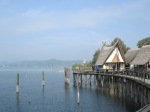
- Museum on the Bodensee!
restaurant. Turkish food, especially Döner, a type of meat, is so popular in Germany and I’m definitely a fan (In Tübingen I have a punch card at the Döner restaurant near my house, and I’m almost at my tenth kebab on the house!) Our time at the Bodensee was great, and I wished Deutsch-Kompakt could last for the whole year!
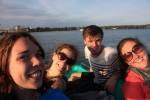
- Paddle boat ride in Konstanz!
Oktoberfest München! After taking German classes since eighth grade, Oktoberfest was definitely something that I couldn’t miss being in Germany this season. A lot of people from Deutsch-Kompakt wanted to go, so we all
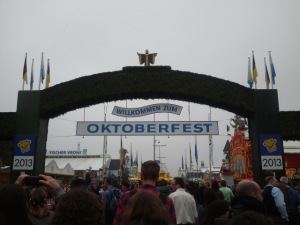
- Unfortunately my phone died at Oktoberfest and I didn’t get a lot of pictures 🙁
booked bus tickets together for the last weekend of September. Arriving in Munich early Saturday morning was surreal for me. I visited Munich with my high school German class about three years ago, and our trip was unforgettable. This trip was great for remembering great memories from my first visit to Munich as well as making new ones. We arrived at the Theresienwiese (festival grounds) at around 10:30am and the park was already PACKED. We spent the day in the tents as well as riding rides and exploring the city. We decided that one day wasn’t enough for Munich or Oktoberfest, so we decided to leave on Sunday afternoon instead of Saturday night. The problem with that? We hadn’t booked a hostel or any place to sleep. Although after a long day, night, and short “power nap” in the Munich train station, we didn’t regret our decision to stay the extra day. A few people in our group stumbled upon a church with service times posted on the door on a late-night walk around the Munich old town and decided to go the next day. The service had a choir and orchestra and was one of the most gorgeous experiences I’ve had in Germany. I play cello and sing, and I’ve missed hearing and participating in choir and orchestra.
-
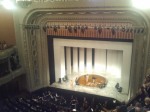
Cenerentola stage at the Opernhaus!
Stuttgart! On the last day of Deutsch-Kompakt our class took an excursion to Stuttgart to visit the city and see Rossini’s Cenerentola (Cinderella in English/Aschenputtel auf Deutsch). Walking around town with everyone was fun. We shopped around and went to a market place. After a quick Chinese buffet dinner, we headed to the opera and found our seats. The Stuttgart Opernhaus is one of the most famous opera houses in the world, and I was really surprised to hear that their interpretation of Cenerentola would be modern (the cast wore modern clothes, etc.). I really liked the idea, but I wondered if I would have liked the opera better with the original costumes. I enjoyed the opera overall and had a successful day in Stuttgart!
Cannstadter Wasen/Goodbyes: On the Friday after the last day of Deutsch Kompakt (our Wednesday trip to Stuttgart) a group of us visited the Stuttgart version of Oktoberfest- the Cannstadter Volksfest. I actually liked 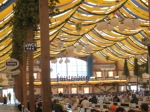 the festival better than the Theresienwiese because there were a lot less tourists. The tents were a lot less crowded and we were able to sit at a table and eat lunch without worrying about being kicked out to make room for another group. After leaving the Wasen we all went back to Tübingen for a goodbye party for our friends from Sweden. Their program in Tübingen was just Deutsch-Kompakt, so they are back home already. They are some of the funnest people ever and we miss them here so much, but we are visiting them in Uppsala this December! SO excited!
the festival better than the Theresienwiese because there were a lot less tourists. The tents were a lot less crowded and we were able to sit at a table and eat lunch without worrying about being kicked out to make room for another group. After leaving the Wasen we all went back to Tübingen for a goodbye party for our friends from Sweden. Their program in Tübingen was just Deutsch-Kompakt, so they are back home already. They are some of the funnest people ever and we miss them here so much, but we are visiting them in Uppsala this December! SO excited!
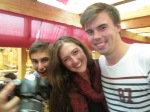
Oberstdorf/Spielmannsau travels! In between Deutsch-Kompakt and our University classes we have a little bit of a break. Some of us used this break as an opportunity to travel around Germany/Europe. A group went to Berlin and a couple people went to Italy and Spain. A group of friends and I decided

- Realization that it’s not going to stop snowing this weekend.
that a hiking adventure and some fresh air before classes would do us some good, so we set out to Oberstdorf and Spielmannsau, two small mountain towns in Bavaria for a weekend. We thought we would be able to hike a lot more because “the snow line was going to be pretty far up the mountain” but we were so wrong. The “snow line” pretty much began at our hostel and continued all the way up the mountains surrounding it. Although almost nobody brought good snow shoes, we made the best of the weather and had an awesome time playing in the snow, had one day of good winter hiking despite some fog, and relaxed in our hostel and cooked our own meals. It was a great and well-budgeted trip, and now I feel even more ready for classes this semester as well as the coming cold weather (in Tübingen and Sweden!)
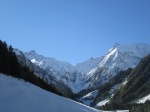
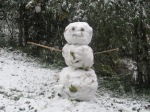
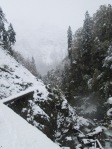
I still can’t believe that I’ve been in Germany for over a month. I spent two months in Chile two summers ago, and at the time those two months felt like a long time to spend in another country (although they felt way too short when they were over). In the past month I’ve learned so much about German grammar, re-learned how to live in another country while learning the language, and developed more confidence with the German language and in approaching new people (while speaking German). In an international group like Deutsch-Kompakt, most people speak English. It is so easy to slip from German into English mode, since that’s usually the most effective way to communicate with everybody. Since we all have the same goal of learning German, we have to motivate each other to practice, and that is everyone’s job, including mine. I do feel that my German has improved very much, despite sometimes speaking ein bisschen Englisch (y también un poco español).

- One of my favorite photos with some great people.
Also, bis Montag alle! Expect another blog from me next week about the crazy process of class registration in Germany! If you want to read about the last few weeks in more detail, check out my friend Sarah’s blog. She’s been so great (a lot better than I have been) about writing a lot and keeping up to date with blogging about the Deutsch-Kompakt group happenings.
Check back here on Monday, und auf Wiedersehen!
Peace.
